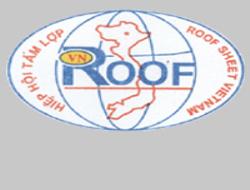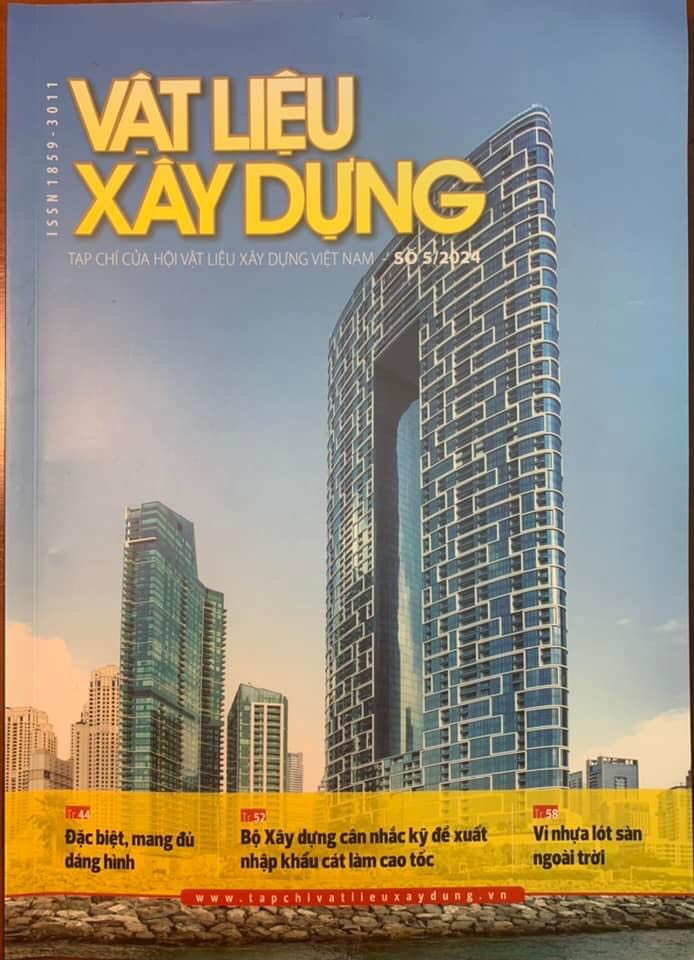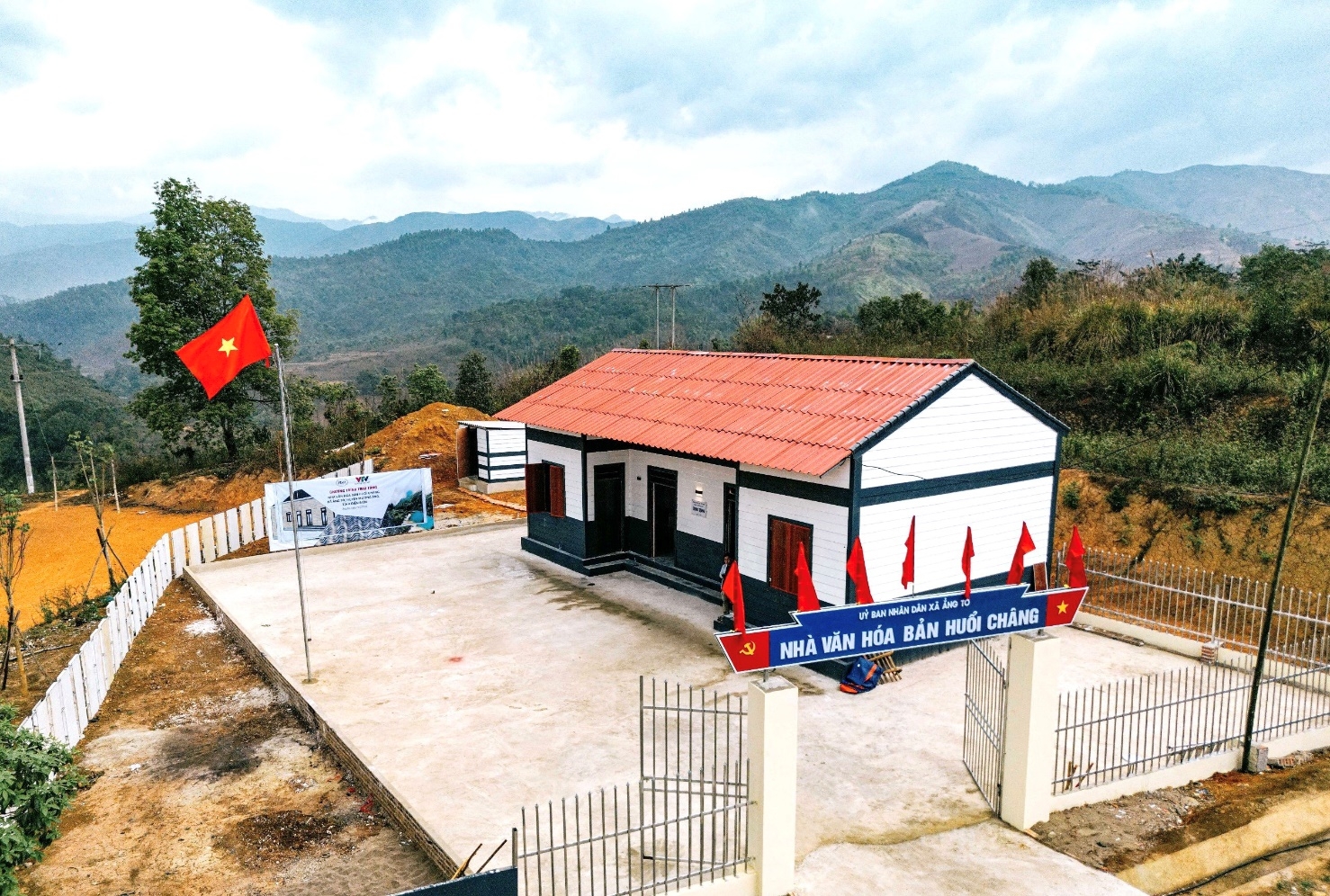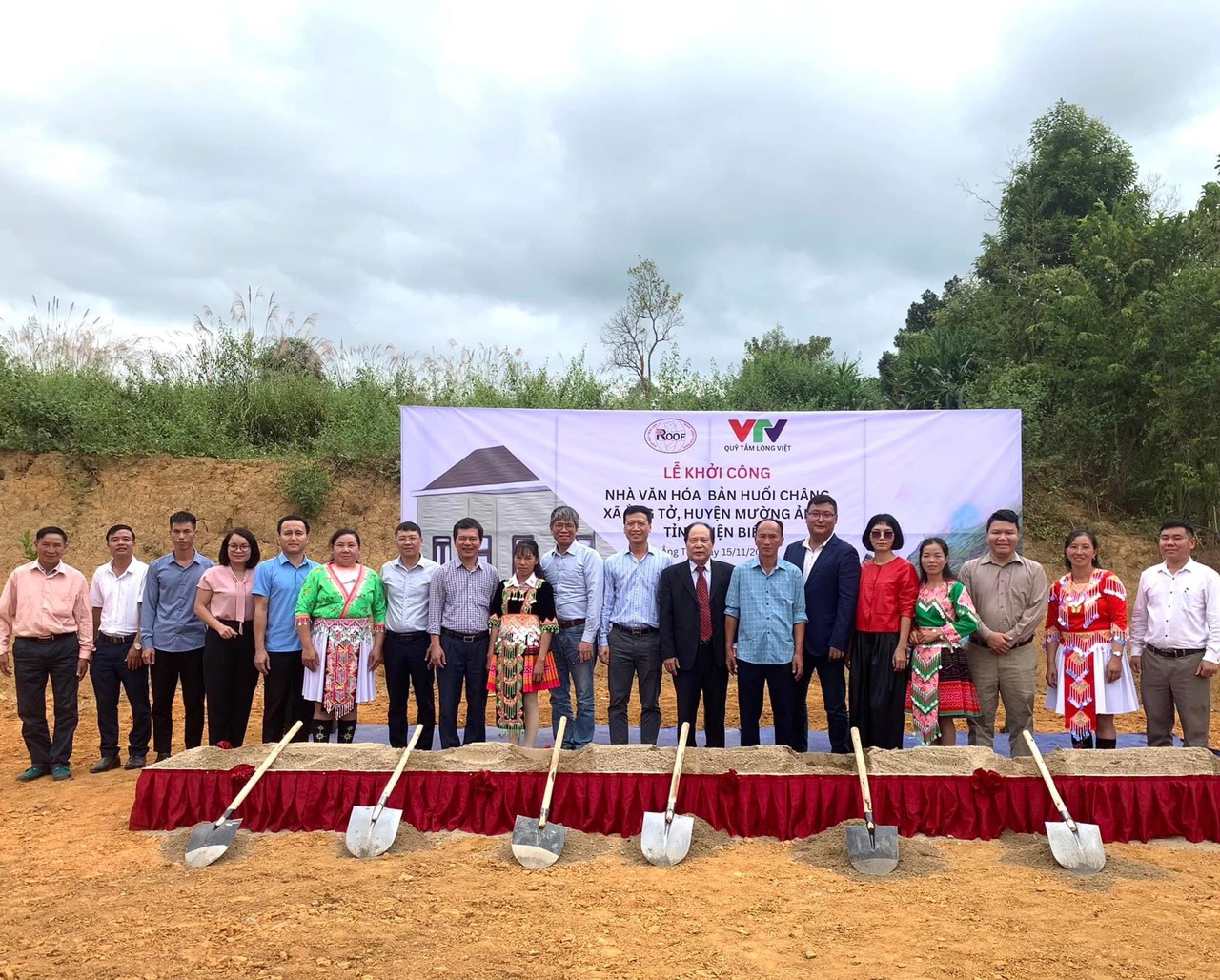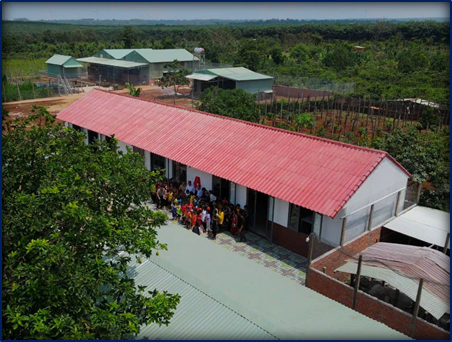The name of chrysotile or white asbestos, is derived from the Greek words "chrysos" (gold) and "tilos" (fiber) or "gold fiber."
It is considered as a naturally occurring fibrous silicate mineral which are common throughout the world. Its idealized chemical formula as Mg3(Si2O5)(OH)4, in which some of the magnesium ions may be substituted by iron or other cations. Substitution of the hydroxide ions for fluoride, oxide or chloride is also known, but rarer.
Due to its resistanting to most chemicals, chrysotile is flexible and possesses high tensile strength. This unique combination of properties makes chrysotile an extremely useful material which has been established, for many decades, as a major component of lightweight reinforced cement products, friction materials, high temperature seals and gaskets and a host of other applications.
From asbestos to chrysotile
Why do we refer to chrysotile and not to Asbestos? Because the word asbestos is a generic word and commercial term to indicate any silicate, fibrous mineral with a fibrous form. In fact, there are many types of asbestos fibres which are divided into two families: the serpentine and the amphiboles. Except for sharing the same commercial name–asbestos-, being non-flammable and having a fibrous nature, these two families are very different. Their chemical composition, their properties and industrial uses are drastically different from one family to the other. Not surprisingly, their dangerous and potential adverse health effects are also radically different.
In fact, the two types of asbestos (serpentine and amphiboles) should never be included in the same category. These is generally a consensus in the scientific community, as stated in the latest (2004) World Health Organization (WHO) report, that serpentine and amphiboles should always be clearly differentiated.
Chrysotile comes from the serpentine group, whereas the other commercially known fibre types, tremolite, amosite and crocidolite are from the amphibole group. Today, only one type of asbestos is exported: chrysotile.
By the way, current asbestos products are as different from the old ones as night and day.The industry now only markets dense and non-friable materials in which the chrysotile fibre is encapsulated in a matrix of either cement or resin. These products include chrysotile-cement building materials, friction materials, gaskets and certain plastics.
The old products, principally low-density insulation materials, were very dusty and crumbled under hand pressure. Unlike today's products, they often contained amphibole fibres (crocidolite and amosite)




